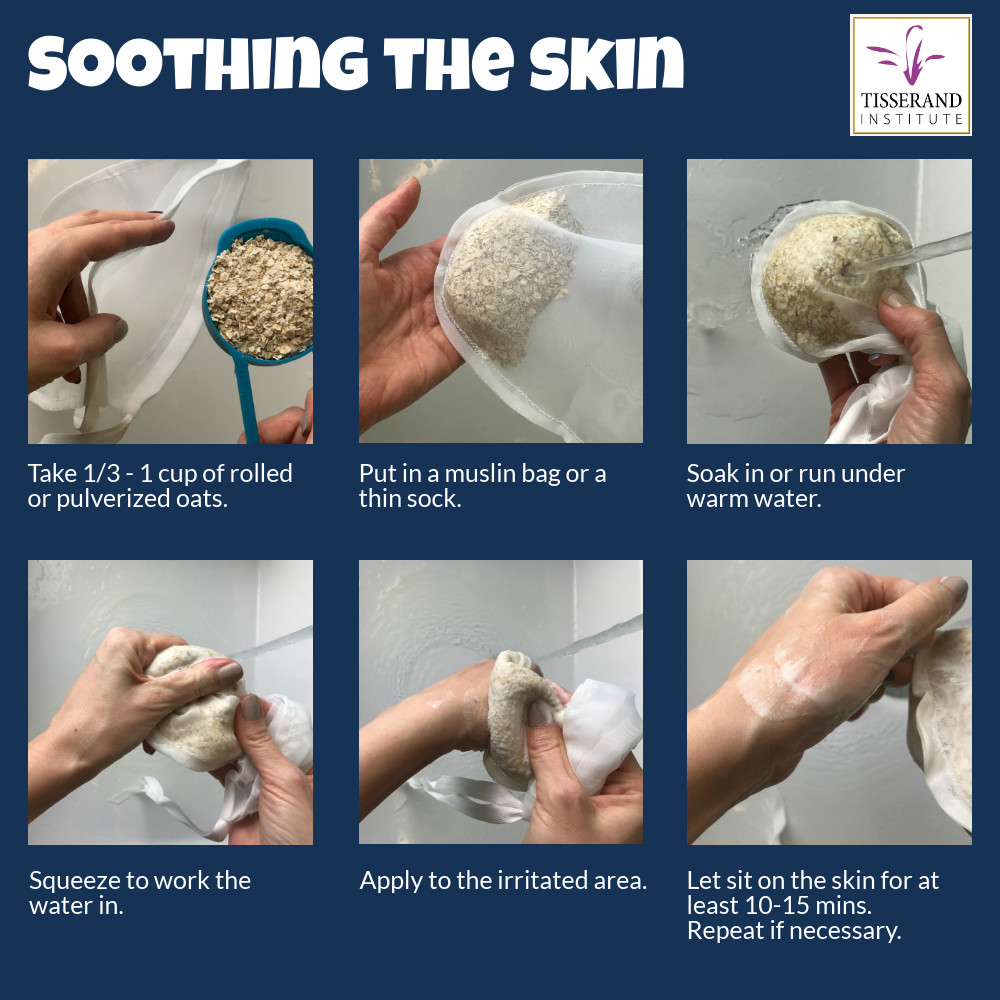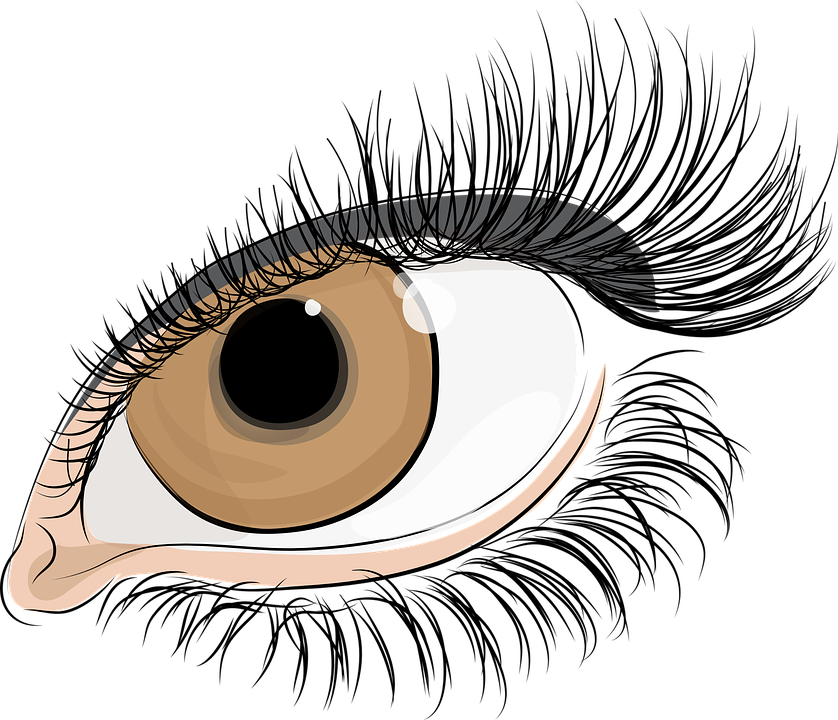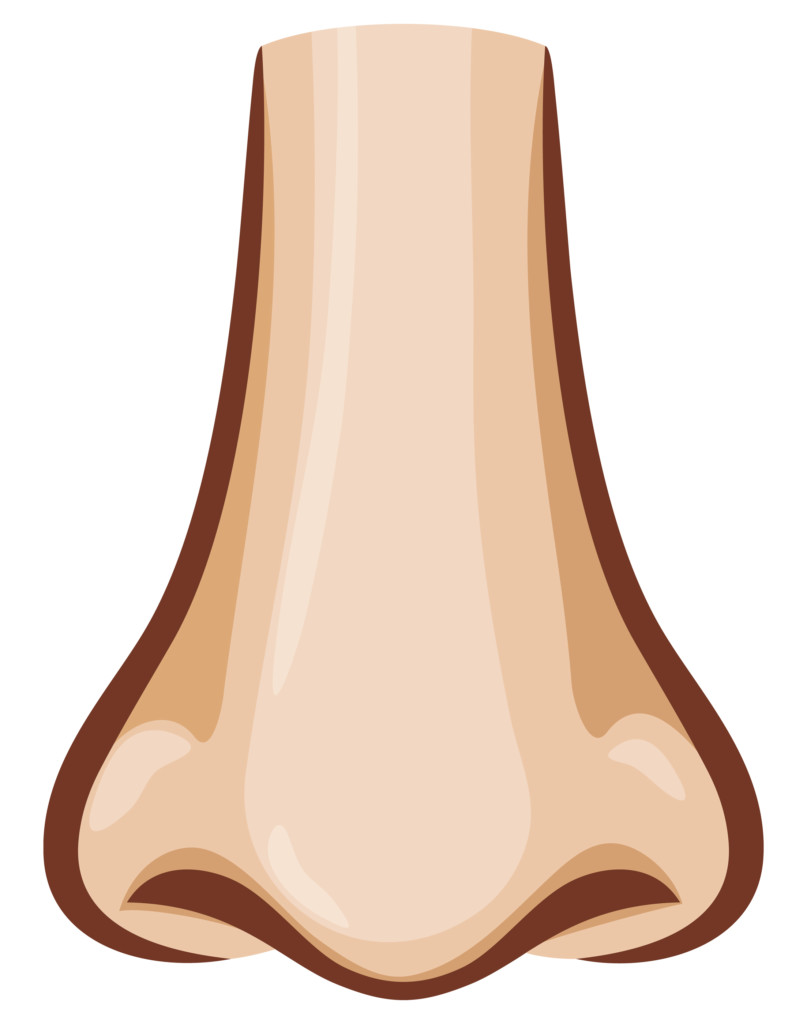What to do in case of adverse reaction
If you or someone you are with is suffering a serious adverse event, seek immediate help from your local poison center or hospital.
Most adverse reactions to essential oils are without any serious consequence, but if young children ingest any amount, medical attention should be sought urgently.
Accidental ingestion of essential oils by children of 5 or under is the most common cause of internal essential oil toxicity – more than 10 times any other age group in the USA (Gummin et al 2017). Children as young as 2 years have been known to remove bottle caps and drink most of the contents, even though the bottle may contain an orifice reducer.
A summary of first aid procedures for essential oil toxicity is given below. If urgent care is needed, or if you are in any doubt, call your local poison center or visit the emergency room.
USA
Call 1-800-222-1222. There are 60 poison control centers, but this is a centralized emergency hotline. Or call 911.
Canada
There is no centralized phone number. Here is a list of poison information centers in Canada. Or call 911.
UK
England and Scotland: dial 111 for emergency poisons information. In the Republic of Ireland, dial 01 809 2166.
Australia
National poisons information hotline: 13 11 26. Or call 000 for an ambulance.
FIRST AID PROCEDURES
Adverse skin reactions
This is the most common type of adverse reaction across all age groups, and is often associated with the use of undiluted essential oils. The most generally useful non-pharmaceutical way to soothe inflamed skin is with a preparation of oats/oatmeal.
Signs and symptoms
 Topical exposure to some essential oils may cause local skin reactions including irritation, allergic reaction, and photosensitization. All of these involve burning and redness of the skin, and may include itching, pain and hives (small blisters). More here: Irritation and Allergy
Topical exposure to some essential oils may cause local skin reactions including irritation, allergic reaction, and photosensitization. All of these involve burning and redness of the skin, and may include itching, pain and hives (small blisters). More here: Irritation and Allergy
In rare cases, skin reactions may occur even in remote areas of the body (ie not where the essential oils were applied). In very rare cases anaphylactic shock has occurred, which may include swelling of the lips, tongue and throat, difficulty breathing, and a dramatic drop in blood pressure. If this appears to be happening, medical care should be sought immediately.
What to do
- DO NOT APPLY ESSENTIAL OILS!
- Remove any contaminated clothing.
- Wash the skin gently with (preferably unperfumed) soap and water for at least 10 minutes
- Expose the skin to the air (but not to direct sunlight) to encourage evaporation of remaining essential oil.
- Lukewarm oatmeal baths may help soothe reactions spread over large areas of skin (and see infographic).
- Application of a simple barrier cream, or a mild corticosteroid cream is the normal medical approach (although allergic contact dermatitis to topical corticosteroids is possible).
- Oral antihistamines may help reduce itching (topical antihistamines should be avoided because of the risk of allergic contact dermatitis).
- Seek medical attention if irritation persists.
Eye contact
 This generally occurs by accident (touching eyes with oily fingers, or using the wrong product instead of eye drops). Undiluted essential oils should never be applied to or very close to the eyes, which are very sensitive to chemical burns. More here: http://roberttisserand.com/2013/02/essential-oils-and-eye-safety/
This generally occurs by accident (touching eyes with oily fingers, or using the wrong product instead of eye drops). Undiluted essential oils should never be applied to or very close to the eyes, which are very sensitive to chemical burns. More here: http://roberttisserand.com/2013/02/essential-oils-and-eye-safety/
Signs and symptoms
If essential oils get into the eyes, reddening and lacrimation are likely to occur, and a child may rub their eyes.
What to do
- As soon as possible, flush the eye with copious amounts of water for 15-30 minutes. The reason this is better than oil is because you get a much better flushing action from water. It’s not about whether or not essential oils dissolve in water or oil, it’s about washing the oil off as soon as possible.
- Fill a sink or dishpan with water. Put your face in the water, then open and close your eyelids to force water to all parts of your eye. You can also flush your eye gently under a running faucet, kitchen sink sprayer, or shower. You may need to open and close your eyelids with your fingers. Move your eye in all directions during the flushing so that all areas of your eye are rinsed. https://www.webmd.com/eye-health/tc/eye-injury-first-aid-for-chemical-burns-topic-overview
- If there are contact lenses, remove them after the first 5 minutes, then continue rinsing eye.
- Ensure adequate flushing of the eyes by separating the eyelids with fingers.
- After flushing, a drop of vegetable oil may be applied to the eye.
- Seek medical advice if irritation persists.
Ingestion
Ingesting large amounts of essential oil, either in one dose or over time, can lead to toxicity. The definition of “large” depends on the essential oil and the body weight of the individual. The most common cause of toxicity due to overdose is in young children who are unsupervised, and drink the contents of a bottle of essential oil. Near-fatal cases occur every year. Keep your essential oils away from children!
Signs and symptoms
The initial effects may include mucosal irritation, stomach pain, vomiting and diarrhea, and that convulsions, CNS depression and hepatic and renal failure may follow (Riordan et al 2002).
What to do
- Do not induce vomiting (corrosive chemicals may destroy mucous membranes, and there is a risk of aspiration into the victim’s lungs during vomiting).
- If the person is conscious and not convulsing, rinse mouth with water and immediately call a hospital or poison center. Avoid alcohol.
- If the person is convulsing or unconscious do not give anything by mouth, ensure their airway is open and lay them on their side with the head lower than the body. See here for how to put a person into safe recovery position.
- Contact the local emergency services for evaluation and transport to a hospital as soon as possible.
- Note that activated charcoal is regarded as ineffective for treating essential oil poisoning (Jepsen and Ryan 2005).
Inhalation
 The inhalation of essential oil vapors is not generally dangerous, but very intensive inhalation for more than about 20 minutes may lead to respiratory distress and/or neurological symptoms, such as headache, nausea, burning of eyes and throat, cough, shortness of breath, or slowed breathing in young children.
The inhalation of essential oil vapors is not generally dangerous, but very intensive inhalation for more than about 20 minutes may lead to respiratory distress and/or neurological symptoms, such as headache, nausea, burning of eyes and throat, cough, shortness of breath, or slowed breathing in young children.
What to do
- Remove person to fresh air.
- If not breathing, perform artificial respiration.
- Seek medical attention if symptoms are serious.
Nasal instillation
If essential oils have been instilled nasally (dropped into the nose), signs and symptoms of airway irritation are likely, ranging from nasal irritation through various degrees of respiratory edema and distress to respiratory arrest. If sufficient amounts are absorbed by this route, systemic poisoning may result, as for oral ingestion (Tisserand & Young 2014).
What to do
- Remove person to fresh air.
- If not breathing, give artificial respiration, preferably mouth-to-mouth.
- Seek medical attention if symptoms are serious.
REPORTING ADVERSE EVENTS
 This section is not for emergency care.
This section is not for emergency care.
In the USA, consumers and health professionals can report adverse events electronically to essential oils by visiting the FDA’s Medwatch site at https://www.accessdata.fda.gov/scripts/medwatch/medwatch-online.htm (accessed January 2nd 2018).
In Canada, essential oil reactions can be reported to Health Canada, by visiting https://www.canada.ca/en/health-canada/services/consumer-product-safety/advisories-warnings-recalls/report-incident-involving-consumer-product.html (January 2nd 2018).
In the UK, the equivalent body is the MHRA, and their website can be accessed at https://www.gov.uk/report-problem-medicine-medical-device (accessed January 2nd 2018).
In Australia, adverse events can be reported to the Therapeutic Goods Administration http://www.tga.gov.au/reporting-problems (accessed January 2nd 2018).
References
Gummin, D.D., Mowry, J.B., Spyker, D.A., et al (2016). Annual Report of the American Association of Poison Control Centers’ National Poison Data System (NPDS): 34th Annual Report. Clinical Toxicology, 5(10), 1072-1252. http://www.tandfonline.com/doi/abs/10.1080/15563650.2017.1388087
Jepsen, F., & Ryan, M. (2005). Poisoning in children. Current Paediatrics, 15(7), 563–568. http://doi.org/10.1016/j.cupe.2005.08.006
Riordan, M., Rylance, G., & Berry, K. (2002). Poisoning in children 4: Household products, plants, and mushrooms. Archives of Disease in Childhood, 87(5), 403–406. http://doi.org/10.1136/adc.87.5.403
Tisserand, R., Young, R. (2014). Essential Oil Safety 2e. Churchill Livingstone, Edinburgh
How to put someone into the recovery position, CPR blog at CPR-Test.org, http://cpr-test.org/how-to-put-someone-into-the-recovery-position/, accessed Jan 9, 2018
